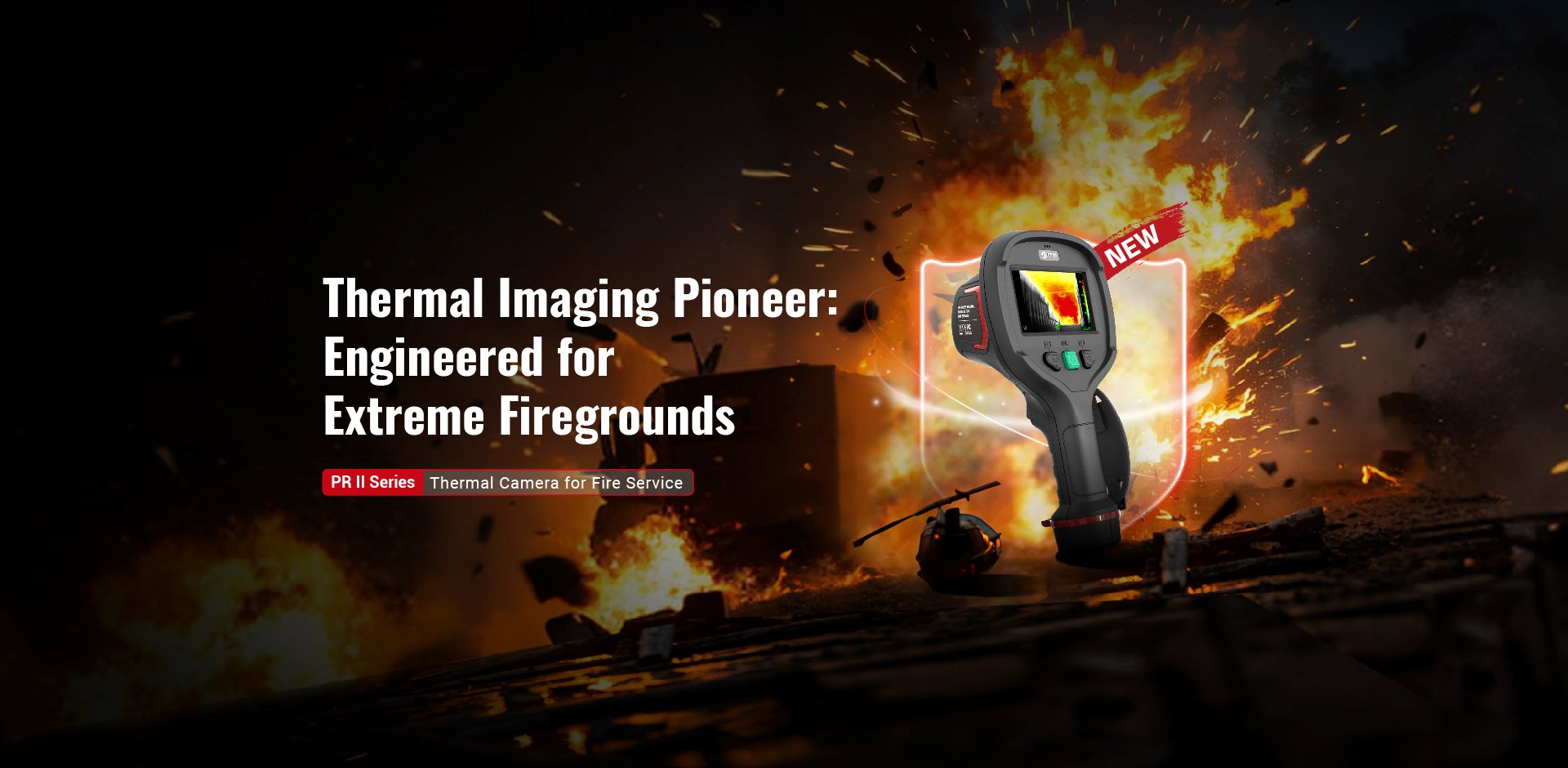Thermal Imaging Camera: A Revolutionary Tool for Temperature Detection

# Thermal Imaging Camera: A Revolutionary Tool for Temperature Detection
## Introduction to Thermal Imaging Cameras
Thermal imaging cameras, also known as infrared cameras, have transformed the way we detect and visualize temperature variations. These advanced devices capture infrared radiation emitted by objects and convert it into visible images, allowing users to “see” heat patterns that are invisible to the naked eye.
## How Thermal Cameras Work
Thermal cameras operate on a simple yet powerful principle: all objects emit infrared energy as a function of their temperature. The camera’s sensors detect this energy and create a thermogram, which is then translated into electrical signals. These signals are processed to produce a thermal image displayed on the camera’s screen, with different colors representing different temperature levels.
## Key Applications of Thermal Imaging
Industrial Maintenance
Thermal cameras are invaluable for predictive maintenance in industrial settings. They can detect overheating components in electrical systems, identify insulation deficiencies, and spot mechanical friction issues before they cause equipment failure.
Building Inspection
In construction and home inspection, thermal imaging helps identify heat leaks, moisture intrusion, and insulation problems. This non-invasive method saves time and money while improving energy efficiency.
Medical and Healthcare
Thermal cameras have found important applications in healthcare, particularly for fever screening and detecting circulation problems. During the COVID-19 pandemic, they became essential tools for mass temperature screening.
Security and Surveillance
Security professionals use thermal cameras for 24/7 surveillance, as they can detect intruders in complete darkness, through smoke, and in challenging weather conditions where conventional cameras fail.
## Advantages of Thermal Imaging Technology
- Non-contact temperature measurement
- Ability to scan large areas quickly
- Works in complete darkness
- Detects problems invisible to the naked eye
- Can see through certain materials like smoke and fog
## Choosing the Right Thermal Camera
When selecting a thermal imaging camera, consider factors such as resolution, temperature range, thermal sensitivity, and additional features like image fusion or wireless connectivity. Higher resolution cameras provide more detailed images but come at a higher cost.
## The Future of Thermal Imaging
As technology advances, thermal cameras are becoming more affordable and compact. Future developments may include higher resolution sensors, improved battery life, and integration with augmented reality systems. These innovations will likely expand thermal imaging applications into new fields we haven’t even imagined yet.
Keyword: thermal camera

